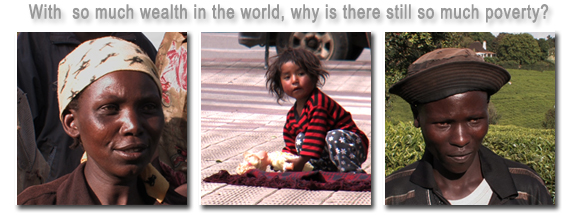
TIMELINE

July 1944
The Bretton Woods system was established to prevent the return of a global depression (from the 1930s). The International Monetary Fund (IMF) was created to provide short-term financing to national governments. The role of developing nations was ignored because they were still colonies.
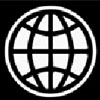
June 25, 1946
The World Bank commenced operations. The original purpose of the World Bank was to provide loans to European countries to aid in post-war reconstruction.
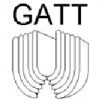
1947
The General Agreement on Tariffs and Trade (GATT) began in 1947 and ended in 1994 when it was replaced by the World Trade Organization (WTO). The purpose of GATT was to lower tariffs in every country to encourage trade. Little thought was given to the fact that developed nations had all previously relied on tariffs to achieve a manufacturing base.
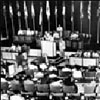
1955
The Bandung Conference (in Indonesia) was an early effort to promote non-alignment among former colonies that did not want to join either the Soviet bloc or the anti-communist West. The main purpose was to work toward economic and political sovereignty of the global South and mutual aid among developing nations.
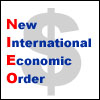
1974
Developing nations, working through the UN Committee on Trade and Development (UNCTAD) demanded a "new international economic order" (the NIEO). The main principles were:
- Control of multinational corporations by nations in which they operated
- Freedom to nationalize the assets of foreign companies
- Creation of trade associations of producers of primary commodities (similar to OPEC)
- Base international trade on stable and equitable prices for raw materials, non-discriminatory tariffs, and technology transfers to developing countries

